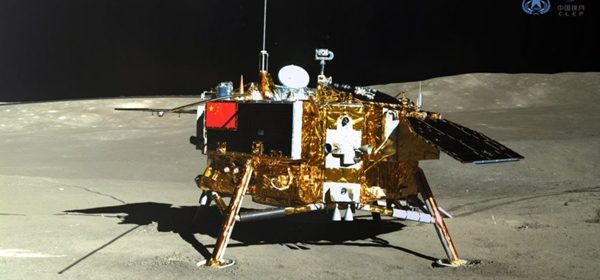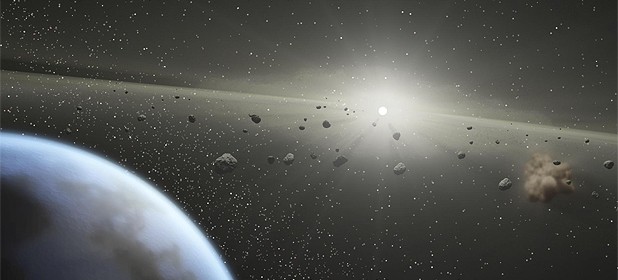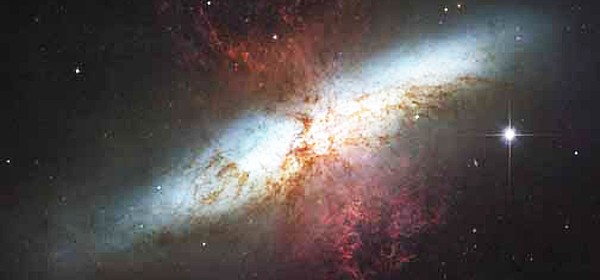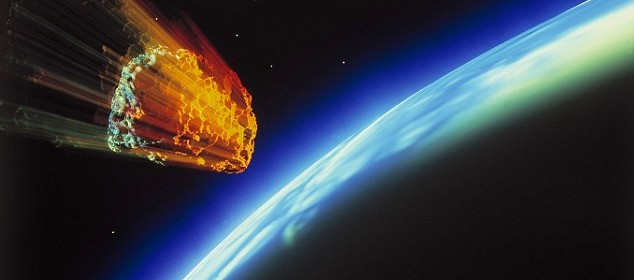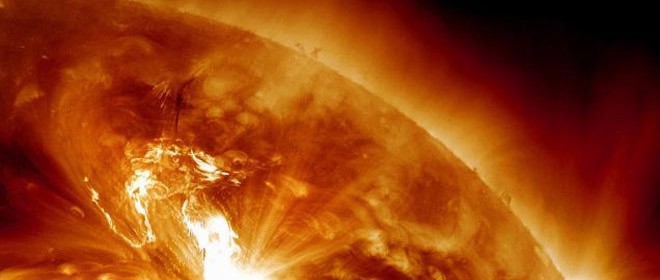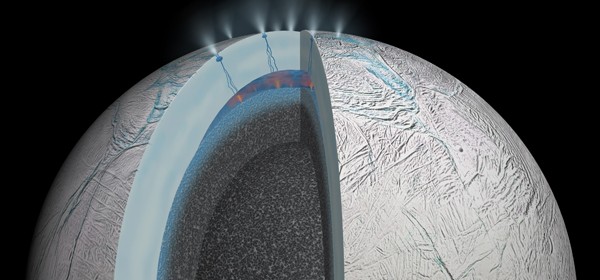Mystery Mars Rock Found On Surface
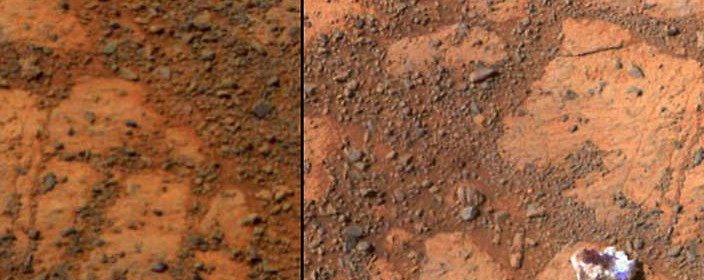
Space scientists are trying to figure out how the mystery Mars rock shaped like a jelly doughnut suddenly appeared on Mars’s surface, in full view of the rover Opportunity’s camera. NASA scientists noticed the mystery Mars rock when reviewing images taken by Opportunity as it explored Endeavor Crater. One shot depicted an empty patch of ruddy ground, but the next […]
Read more
